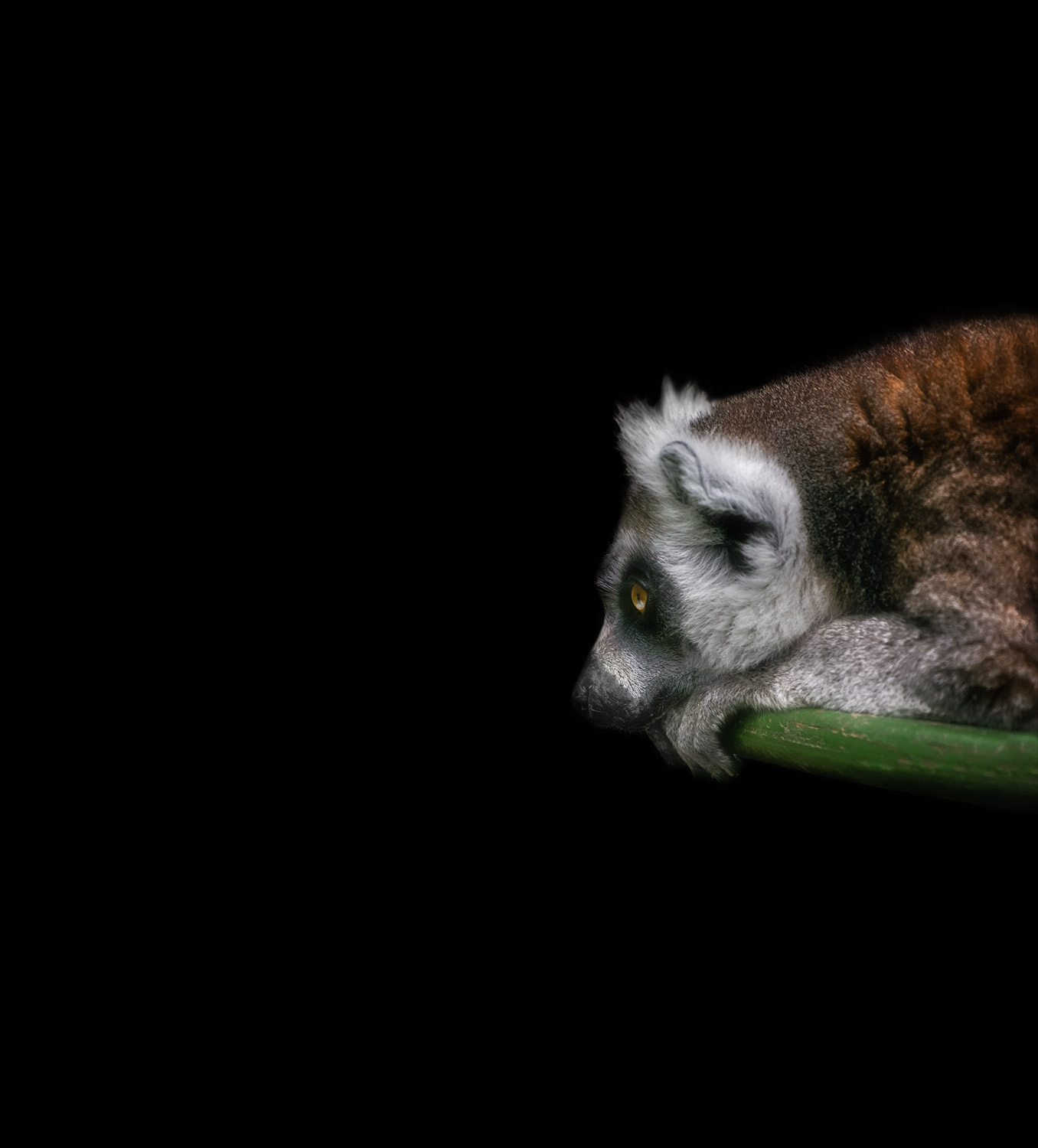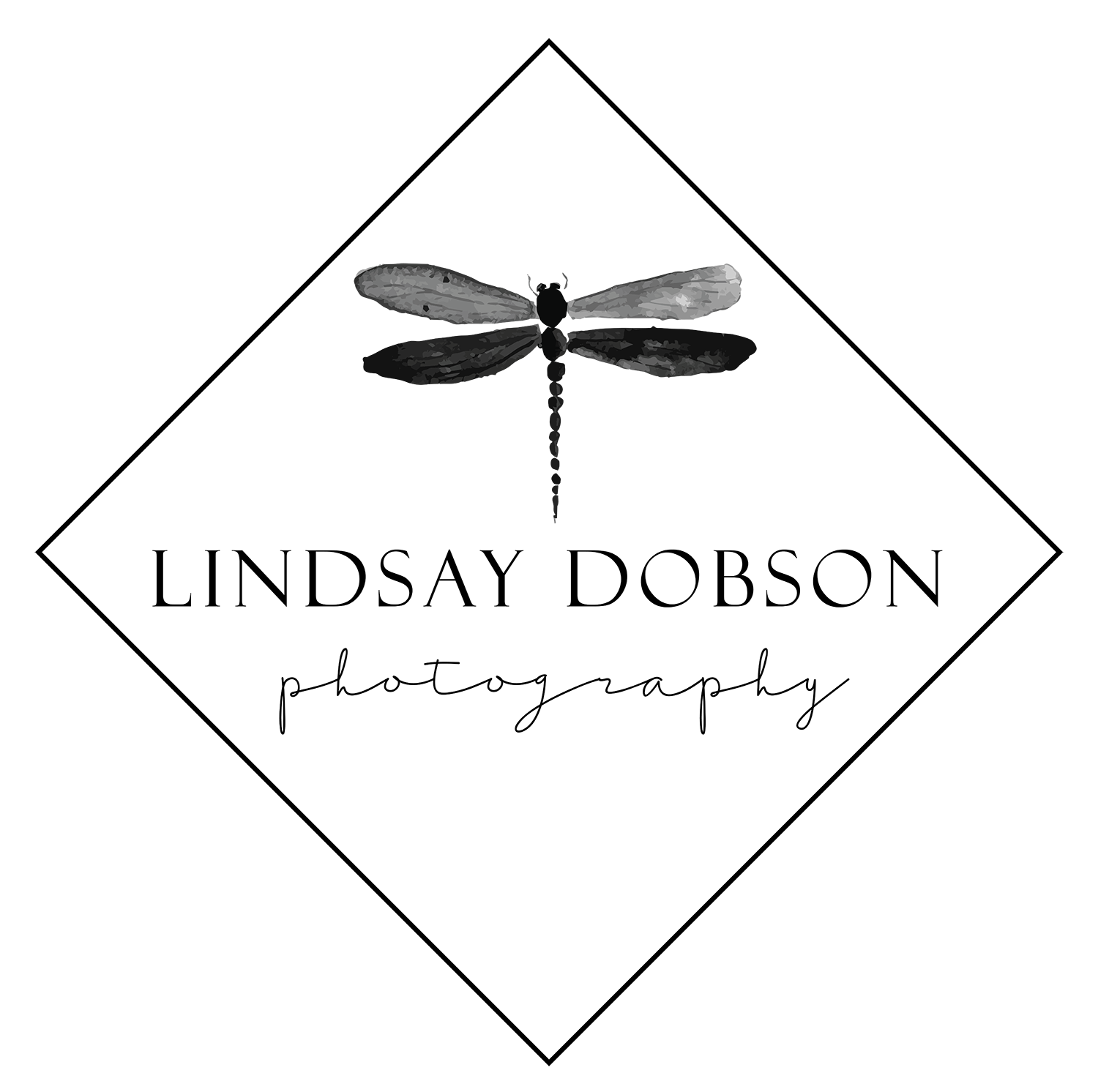Fellow of the British Institute of Professional Photography and The Societies
It still hasn’t quite sunk in that I am now a Fellow of the British Institute of Professional Photography. And shortly after I gained my FBIPP I submitted a similar panel of work to The Societies and was once again successful. This is currently the highest accolade which can be awarded in the photography industry, and only a handful of photographers worldwide have met the required standard. I feel I’ve achieved a milestone, though the process was emotionally and at times physically draining (as other Fellows will no doubt agree).
Photographic qualifications remain the bedrock of the leading institutions, the best known of which are the BIPP (British Institute of Professional Photography), RPS (Royal Photographic Society), The Societies (SWPP), and the MPA (Master Photographers Association). Each institution varies slightly according to its membership criteria and the genres of photography which it best represents.
For example The Societies and the RPS accept members who are not full-time professionals and who do not have any photographic qualifications. In so doing, such members are able to benefit from the training which is offered and advice from other members and mentors, and may be either amateur or professional. The BIPP and the MPA require that their members are working photographic practitioners and that they reach the first rung of the accreditation ladder within a specified timescale. BIPP and MPA members are also audited for health and safety, insurance, and good business practise. The tiers of qualification are described as follows on The Societies website:
Licentiate
The general public tend to regard this, our lowest level of qualification as a “Licensed” photographer and in many ways this is not an unreasonable analogy. As far as the SWPP are concerned, we draw our judges for all levels of qualification from amongst the most skilful practitioners in the World. They are trained to look at this level for a consistent standard of imaging that a client could reasonably not take issue with. If you like, a base level of professional competence or in the terminology of Trading Standards departments, “items of merchantable quality”. Of course we also look at aesthetics and imagination but at this level they are not crucial factors.
Associateship
At this standard, we are viewing images that not only display a high degree of technical ability, but also portray imagination and creativity in execution and presentation. These are important factors that often go hand in hand with higher prices as this qualification is held by the top 10% of members, who coincidentally are often impressive image makers and astute businessmen.
Fellowship
ultimate accolade and is held by less than 1% of the memberships of most of the UK’s representative bodies. These select few have achieved the highest professional standards in imaging, creativity, presentation and behaviour. As with the judging criteria for “Associateship”, never bestowed lightly but only after constant submission of work to their mentors, rigorous examinations and many years in professional practice.
Only photographers who have gained one of the above qualifications may use the designated letters after their name, such as LRPS, AMPA, FBIPP etc.
A qualification “panel” consists of mounted exhibition quality images which are displayed at a specified size before the judges (who are Fellows of the awarding bodies). In terms of the number of prints which will be exhibited, there is some variation between the institutions. For example at the time of writing this the RPS requires just 10 prints at Licentiate level whereas The Societies require 20. The BIPP is tougher still and prefers applicants to submit a full body of work in the form of a printed portfolio, usually between 25 and 40 photographs together with a bound book detailing photographic practice, photographic philosophy, insurances, health and safety audits and other forms of supporting evidence. This is similar to the Diploma which members of the MPA must pass.
Any photographer who has submitted a Panel will tell you that none of these qualifications are easy. I achieved my Licentiate with The Societies in October 2011, and I gained my Associateship in Portraiture with the BIPP in February 2012, followed by an Associateship with the RPS in March 2012, an Associateship in Nature and Wildlife photography with The Societies in May 2012 and ultimately my Fellowship with the BIPP in February 2013. Having been through the entire qualification process I think it’s true to say that at Fellowship level there is no room for error and specifically the judges will be looking for a unique personal style. I have seen some incredible photographers fail their Fellowship simply because the judges have seen a similar look before, even though the work being presented reaches a high level of technical excellence. It’s no surprise then, that a Fellowship is sometimes referred to as ‘the photographer’s K2’. Some very well-known photographers who are Fellows of some of the bodies I’ve just mentioned included David Bailey and Annie Leibovitz. I’m rather proud to join their ranks.
I’m a portrait photographer and for my Fellowship I decided to submit a panel of animal portraits – challenging by any standards but without doubt not something the judges are going to see very often! These images are not particularly representative of my everyday pet and animal portraiture service, which remains bright, colourful, and characterful. The fine art studies are different and require considerable care and many hours of post-production and retouching in order to create the almost painterly and very detailed effect that you see. Therefore there is an additional charge if a customer would like to consider images like that. But our standard pet lifestyle photo shoot remains the starting point, we can do our best to create a fine art study as well should you want us to.
Here is a small sample from the 35 images in my Fellowship Panel:






